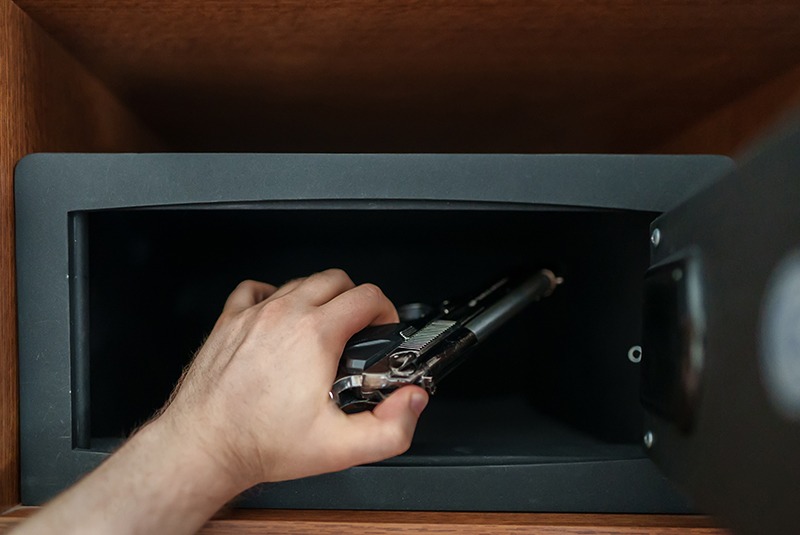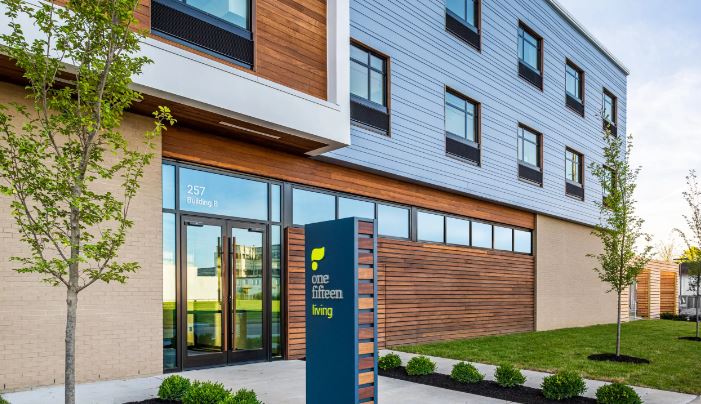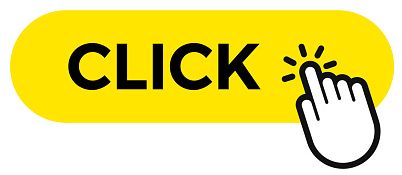|
Biden-Harris Administration Awards More Than $1.6 Billion in Funds for Communities Addressing Addiction and Overdose Crises
Last week, the U.S. Department of Health and Human Services (HHS), through the Substance Abuse and Mental Health Services Administration (SAMHSA) and the Health Resources and Services Administration (HRSA), is awarding more than $1.6 billion in investments for communities throughout the country addressing the addiction and overdose crises, as a part of President Biden’s comprehensive effort to prevent overdoses and save lives. The investments made through SAMHSA’s State Opioid Response (SOR) and Tribal Opioid Response (TOR) grant programs and HRSA’s rural communities opioid response programs will help communities looking to leverage every tool at their disposal – from prevention to harm reduction to treatment and recovery supports for people in need. Read more here.
Related article: DEA Announces Results of Enforcement Surge to Reduce the Fentanyl Supply Across the United States
White Paper: A Comparison of Substance Use Disorders before and during the COVID-19 Pandemic
|  | |
What's Really Causing America's Mental Health Crisis?
Recently, the U.S. Preventive Services Task Force announced recommendations that doctors screen all patients under 65 for anxiety. Since the beginning of the pandemic, we've heard about sharp increases in the number of people suffering from mental health problems. With a health care system already overburdened and seemingly unable to deal with the rise in mental health issues, America is facing what is being called a mental health crisis. But are we losing sight of another crisis - the political and social issues causing increased anxiety and depression in Americans? Read more here.
Related article: Feeling lonely, unhappy can accelerate aging more than smoking
|  | |
Preventing Suicide Through a Focus on Firearm Access and Storage
The story of American suicide—more often than not—is a story about an individual who dies by self-inflicted gunshot wound, during their first ever suicide attempt, with a firearm they have owned for years. To put that in more concrete terms, 53 percent of American suicide deaths in 2020 were the result of firearm-related injuries, meaning more than 24,000 Americans died by suicide that year by this one method alone. This is true despite the fact that firearms account for less than 5 percent of annual suicide attempts. In other words, when somebody in America attempts suicide, they almost never use a firearm—and yet—when someone in America dies by suicide, more often than not they used a firearm. Read more here.
Related articles: Preventing suicide after psychiatric hospitalization
CVS makes strides on reducing suicide attempts by Aetna members by 20%
|  | |
At This Recovery Center, Police Cope With the Mental Health Costs of the Job
HAVRE DE GRACE, Md. — Ken Beyer can’t think of a day in the past few months when his phone didn’t flutter with calls, text messages, and emails from a police department, a sheriff’s office, or a fire station seeking help for an employee. A patrol officer threatening to kill himself with his service weapon before roll call. A veteran firefighter drowning in vodka until he collapses. A deputy overdosing on fentanyl in his squad car.
“It’s the worst that I’ve seen in my career,” said Beyer, co-founder and CEO of Harbor of Grace Enhanced Recovery Center, a private mental health and substance use recovery and treatment center for first responders in the waterfront Maryland town of Havre de Grace. Established in 2015, Harbor of Grace is one of only six treatment centers in the U.S. approved by the Fraternal Order of Police, the world’s largest organization of law enforcement officers. Read more here.
|  | |
Mental Health Crisis Leads Hospitals to Create a New Type of ER
With mental health treatment in short supply, Americans experiencing a psychiatric crisis frequently land in a hospital emergency room—brought in by the police or loved ones—and usually stay there until they can be safely discharged or transferred. That means patients can spend hours or even days stuck on a gurney until a spot opens in a psych ward, the only other setting deemed appropriate.
The approach rarely offers any real treatment for mental health conditions, and it ties up scarce ER beds. That’s spurred some hospitals to try a new idea: mental health crisis units designed to treat people quickly in a more serene setting, so they can stabilize patients and send them home. Read more here.
|  | |
Inside Google’s Tech-Enabled Approach to Revolutionize Addiction Treatment
Google’s life science-focused sister company Verily has made a bet on a brick-and-mortar opioid use disorder (OUD) treatment center. This comes as the technology conglomerate – along with its parent company and other business segments – continues to move further into behavioral health care. The Alphabet Inc. (Nasdaq: GOOGL) life science subsidiary teamed up with providers Kettering Health Network and Premier Health to form the OUD treatment center nonprofit OneFifteen in Dayton, Ohio. It also worked with Alexandria Real Estate Equities (ARE) on the location. Read more here.
Related article: Therapy for People Who Can’t Go to Therapy
|  | |
How to Pursue Behavioral-Physical Healthcare Integration in a VBC Framework
When MetNetOne Health Solutions established roaming physician teams that would go from practice to practice to help address chronic disease management needs around two decades ago, it became apparent that something was missing. The teams lacked a behavioral healthcare specialist.
From that realization, the organization developed its strategy around integrated behavioral and physical healthcare, which MedNetOne Health Solutions continues to prioritize. Early on, the organization’s medical director invited behavioral healthcare specialists to join his practice and to practice in the same building. The organization watched no-show rates drop as a result. Read more here.
|  | |
Health For The Homeless
The homeless (or housing insecure) issue plagues city after city throughout the country. There are currently over 550,00 homeless Americans—and that number has been on the rise over the past three years. Most were individuals (70 percent), and the rest were people living in families with children.
Those individuals have a significantly shorter lifespan, averaging just 50 years for unhoused populations compared to the national average of 78.5 years for Americans with housing. This discrepancy is due to health problems, poor nutrition, and harsh living conditions. It is no surprise that health plans have started to focus on addressing the housing issue. Humana invested $25 million to expand affordable housing in states across America. Read more here.
| |
|
HHS Approves Groundbreaking Medicaid Initiatives in Massachusetts and Oregon
On Wednesday, the U.S. Department of Health and Human Services (HHS), through the Centers for Medicare & Medicaid Services (CMS), approved groundbreaking Medicaid section 1115 demonstration initiatives in Massachusetts and Oregon. Both demonstrations aim to test improvements in coverage, access, and quality with innovative approaches to ensure more eligible people retain their Medicaid coverage, including by approving Oregon’s demonstration to keep children enrolled in Medicaid up to age six — preventing gaps in coverage that can cause children to lose access to needed care in their formative early years. Read more here.
|  | |
Policy Brief: Examining the Burden of Public Stigma Associated with Mental Illness in the Rural United States
The purpose of this policy brief is to describe the burden of public stigma associated with any mental illness in rural versus non-rural communities in the U.S. Using an established, nationally representative panel survey, it examines stigmatizing attitudes and beliefs towards any mental illness among the general population, including differences by rurality, age, gender, and race/ethnicity. Consistent with prior work, this brief focuses on any mental illness rather a specific mental health condition to enhance generalizability and contribute to a broad understanding of the current scale of public stigma associated with mental illness. Read more here.
| |
Where 3 Payers Are Investing in Behavioral Care Networks
Payers are continuing to expand their mental and behavioral care provider networks in response to the growing need nationwide for services. Becker's asked three payers the following question: Where is your organization investing or directing resources to improve member access to behavioral healthcare?
Brooke Tomblin. Clinical Program Director of Health Equity and Language Services at Cigna (Bloomfield, Conn.): Cigna provides a comprehensive offering that spans the spectrum of support — from network, access, and utilization management to intensive coaching. Read more here.
|  | |
UPCOMING EVENTS & TRAININGS
How Using Contingency Management Can Support Families Affected by Substance Use Disorders
September 29, 1:30 - 3 pm, SAMHSA
Decreasing Disparities and Improving Outcomes: A Closer Look at Standardization Tools Around Service Intensity
September 29, 2 - 3 pm, National Council for Mental Wellbeing
New York State Opioid Settlement Fund Advisory Board Meeting
September 30, 10 am - 4:30 pm, OASAS
National Family Caregiving Strategy: A State Roadmap for Supporting Family Caregivers
October 3, 2 - 3 pm, NASHP
NYS Justice Center Code of Conduct Train-the-Trainer
October 4, 9:30 am - 12:30 pm, NYSJC
Introduction to PSYCKES
October 4, 10 - 11 am, OMH
Identifying and Reaching Family Caregivers: Innovative State Strategies
October 6, 1 - 2 pm, Center for Health Care Strategies
Involving Community Partners in Data and Policy Initiatives to Advance Health Equity
October 11, 12 - 1:30 pm, Center for Health Care Strategies
Professional Boundaries for OASAS Providers
October 12, 9:30 am - 12:30 pm, NYSJC
Using Public Safety Funds to Support Community Members’ Behavioral Health
October 12, 3 - 4 pm, NACo
PSYCKES for Health Homes and Care Management Agencies
October 12, 3 - 4:30 pm, OMH
Integrating Harm Reduction into the Substance Use Disorder Care Continuum
October 13, 1 - 2 pm, National Council for Mental Wellbeing
Navigating PSYCKES Recipient Search for Population Health
October 18, 10 - 11 am, OMH
Understanding & Supporting Teen Emotional, Mental & Sexual Health
October 18, 7 - 8 pm, NYS School MH Resource & Training Center
Women Veterans’ Definitions of Peer Support: Importance for Mental Health & Well-being
October 20, 6 - 7 pm, NASW-NYS
Exploring the Intersections of Gender-Based Violence and Suicide
October 21, 12 - 1:30 pm, NYS Office for the Prevention of Domestic Violence
PSYCKES Mobile App for iPhones & iPads
October 25, 11 am - 12 pm, OMH
State Integration Models of Recovery Support Services
October 27, 11:30 am - 1 pm, National Council for Mental Wellbeing
Diversity, Equity and Belonging focused Solutions to Recruit & Retain the Workforce
November 3, 3 - 4 pm, National Council for Mental Wellbeing
NYS Justice Center Code of Conduct Train-the-Trainer
November 9, 9:30 am - 12:30 pm, NYSJC
| |
CLMHD CALENDAR
OCTOBER
Quarterly LGU Billing Staff Call
October 6, 2 - 3 pm
AOT Coordinators Meeting
October 7, 10 - 11:30 am
CLMHD Office Closed - Columbus Day
October 10
LGU Clinic Operators Call
October 11, 10 - 11:30 am
Executive Committee Meeting
October 12, 8 - 9 am
Addiction Services & Recovery Committee Meeting
October 13: 11 am - 12 pm
Mental Health Committee Meeting
October 13: 3 - 4 pm
Children & Families Committee Meeting
October 18: 11:30 am - 1 pm
CLMHD Fall Full Membership Meeting
October 20-21, Woodcliff Hotel & Spa, Rochester
Developmental Disabilities Committee Meeting
October 27, 1 - 2:30 pm
| |